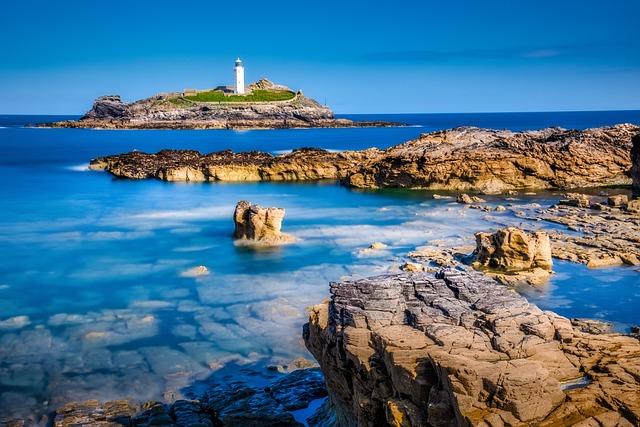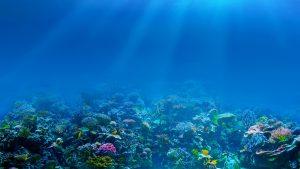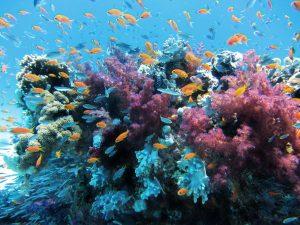As the world grapples with the escalating impacts of climate change, coastal communities are on the front lines, facing the relentless force of rising tides. In this article, we delve into the critical need for adaptation strategies that empower these communities to navigate the challenges of a changing climate while preserving their way of life.
Understanding the Challenge:
Rising sea levels, increased storm intensity, and shifting weather patterns are posing unprecedented challenges to coastal communities. From erosion to flooding, the threats are multidimensional, requiring holistic and innovative approaches.
1. Embracing Nature-Based Solutions: Coastal communities are turning to nature as a source of resilience. From mangrove restoration to creating oyster reefs, nature-based solutions offer a shield against the impact of rising tides while enhancing biodiversity.
2. Sustainable Infrastructure Design: Adapting to climate change demands a reimagining of coastal infrastructure. Smart urban planning, elevated buildings, and storm-resistant structures are essential components of sustainable design.
3. Community Engagement and Education: Empowering communities begins with knowledge. Education about climate risks, disaster preparedness, and sustainable practices fosters a sense of ownership and enables proactive adaptation.
4. Local Knowledge and Indigenous Wisdom: Indigenous and local communities hold valuable insights passed down through generations. Integrating this wisdom into adaptation plans enhances their effectiveness and ensures cultural continuity.
5. Collaborative Governance: Adaptation is a collective effort that transcends boundaries. Collaborative governance involving governments, NGOs, scientists, and communities ensures comprehensive strategies that resonate with local needs.
6. Economic Diversification and Livelihoods: Shifting away from climate-vulnerable industries toward sustainable livelihoods fosters community resilience. Initiatives such as eco-tourism and sustainable fisheries safeguard both ecosystems and economies.
As the tide of climate change continues to rise, coastal communities stand as beacons of resilience and innovation. The path forward involves acknowledging their unique challenges, empowering them with adaptive strategies, and amplifying their voices in the global conversation. By working together, we can not only secure the future of these communities but also inspire a paradigm shift in our approach to climate adaptation—one that prioritizes both people and the planet.







